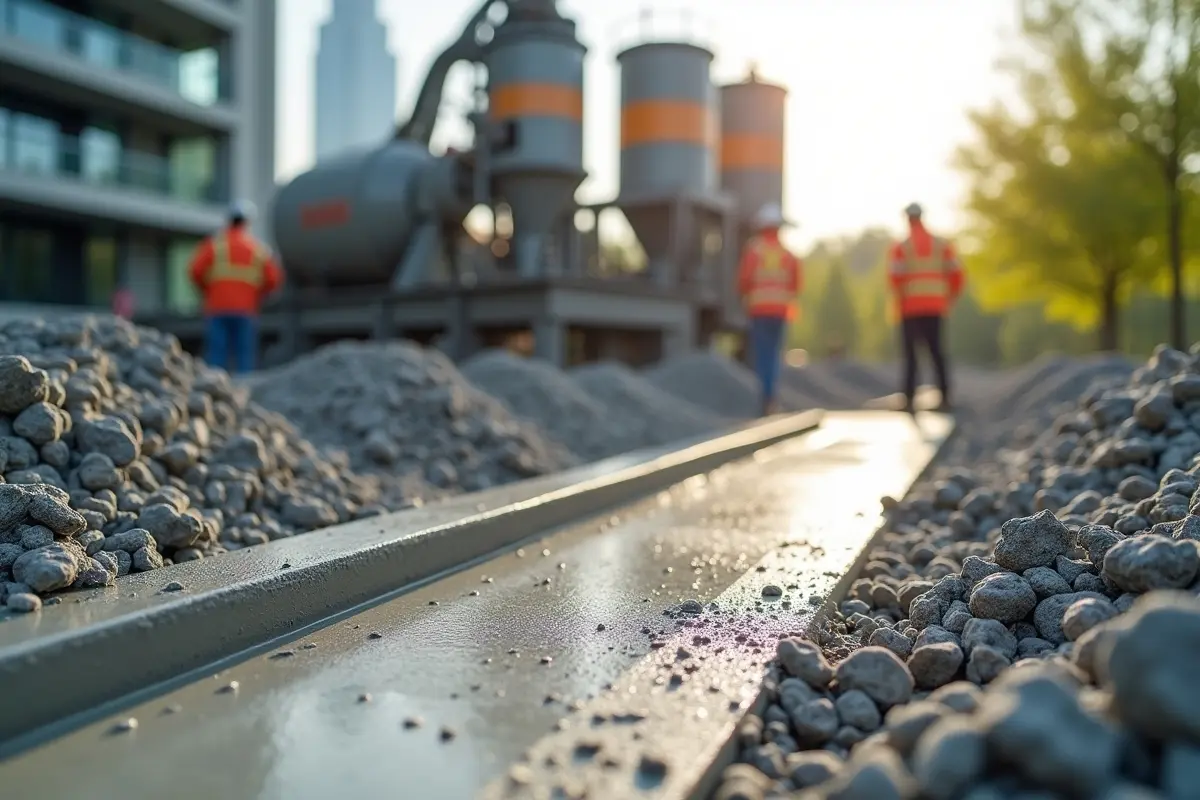Sustainable Concrete Solutions for Modern Projects
As environmental awareness grows across industries, the construction sector is adopting new methods to minimize its ecological footprint. Concrete, though indispensable for modern infrastructure, poses environmental challenges due to its significant carbon emissions.
Luckily, innovative efforts from researchers, engineers, and companies are paving the way for greener practices while maintaining concrete’s durability and performance. For anyone considering eco-friendly building or seeking to improve their project’s environmental profile, it’s crucial to understand these developments and consult with experienced professionals, such as a Portland concrete contractor, who are knowledgeable about cutting-edge sustainability practices.
Concrete’s transformation isn’t limited to major metropolitan projects. Even local contractors are increasingly adopting these sustainable technologies, making green construction accessible at every scale. Whether building residential homes or large commercial structures, professionals now have tools and materials that limit environmental impact. For those seeking robust, eco-friendly solutions, it’s essential to work with experts well-versed in modern sustainable construction techniques.
Innovative Materials Enhancing Concrete Sustainability
Advancing greener concrete begins with materials science. Researchers aim to cut carbon emissions by replacing or adding key ingredients. RMIT University has created biochar from used coffee grounds, which can replace up to 15% of sand, increasing concrete strength by 30% and reducing cement use. This approach repurposes waste and decreases energy consumption.
Another advancement is concrete strengthened with graphene, which achieves approximately 50% more strength with minimal graphene content, enabling lighter structures and reduced raw material consumption. Engaging local experts helps builders and architects adopt sustainable solutions.
Carbon Capture Technologies in Concrete Production
A highly transformative method for sustainable concrete involves capturing and reusing CO₂ emissions from cement manufacturing, which makes up to 8% of global emissions. Companies are developing technologies to trap CO₂ from kilns and mix it into new cement formulations. This approach initially cuts emissions by 10%, with future potential to achieve reductions of up to 70%.
Policymakers worldwide endorse this effort as part of their net-zero construction industry goals. Widespread implementation of carbon capture across the sector could revolutionize building practices and greatly diminish environmental impacts.
Self-Healing Concrete: Extending Structural Lifespan
Longevity and reduced maintenance are critical aspects of sustainability. This is where self-healing concrete comes into play. This next-generation material incorporates self-activating agents, such as superabsorbent polymers and polypropylene fibers, which enable the concrete to autonomously repair cracks.
When water seeps into the cracks, these materials swell and react, sealing the fissure and restoring the material nearly to its original performance. This dramatically extends the life of concrete structures, slashes repair costs, and lowers the resources needed for maintenance.
Alternative Materials for Sustainable Construction
While concrete remains central to most projects, innovators are also investing in viable alternatives. Timber is experiencing a remarkable resurgence as a primary construction material, particularly in large-scale projects. The Stockholm Wood City project in Sweden exemplifies this approach: the city will soon boast 2,000 new homes constructed entirely from timber, setting a global precedent for the sustainability and aesthetics of wooden cities.
Not only is wood renewable and carbon-sequestering, but it’s also highly adaptable and offers impressive energy efficiency benefits. The environmental and structural benefits of such projects have been highlighted by mainstream media such as TIME Magazine.
The possibilities don’t end with timber; other bio-based, recycled, or hybrid materials are under development, intended to reduce reliance on traditional concrete and steel further, thereby fostering a more resilient and sustainable future for all types of construction.
Conclusion
Modern construction is at a turning point, with sustainability moving from a niche concern to an industry standard. By integrating novel materials like biochar and graphene, embracing carbon capture technology, utilizing self-healing concrete, and exploring renewable alternatives like timber, the sector is rapidly reducing its environmental footprint.
Collaborating with knowledgeable professionals and staying updated on the latest innovations will be key to building efficient, future-ready projects that benefit both the environment and society as a whole.

